16 March 2025
Easter Island, or Rapa Nui as the locals call it, is one of the most mysterious and remote places on Earth. It's famous for its giant stone statues called moai, which dot the island and have fascinated explorers, archaeologists, and travelers for decades. But Easter Island isn’t just about these enigmatic figures; it’s a rich cultural experience with stunning landscapes, captivating history, and a strong local tradition that’s alive and well.
So, what can you expect when visiting Easter Island? Whether you're an adventurer, a history buff, or someone just looking for a unique destination off the beaten path, there's something on Easter Island for everyone. Let’s dive in!
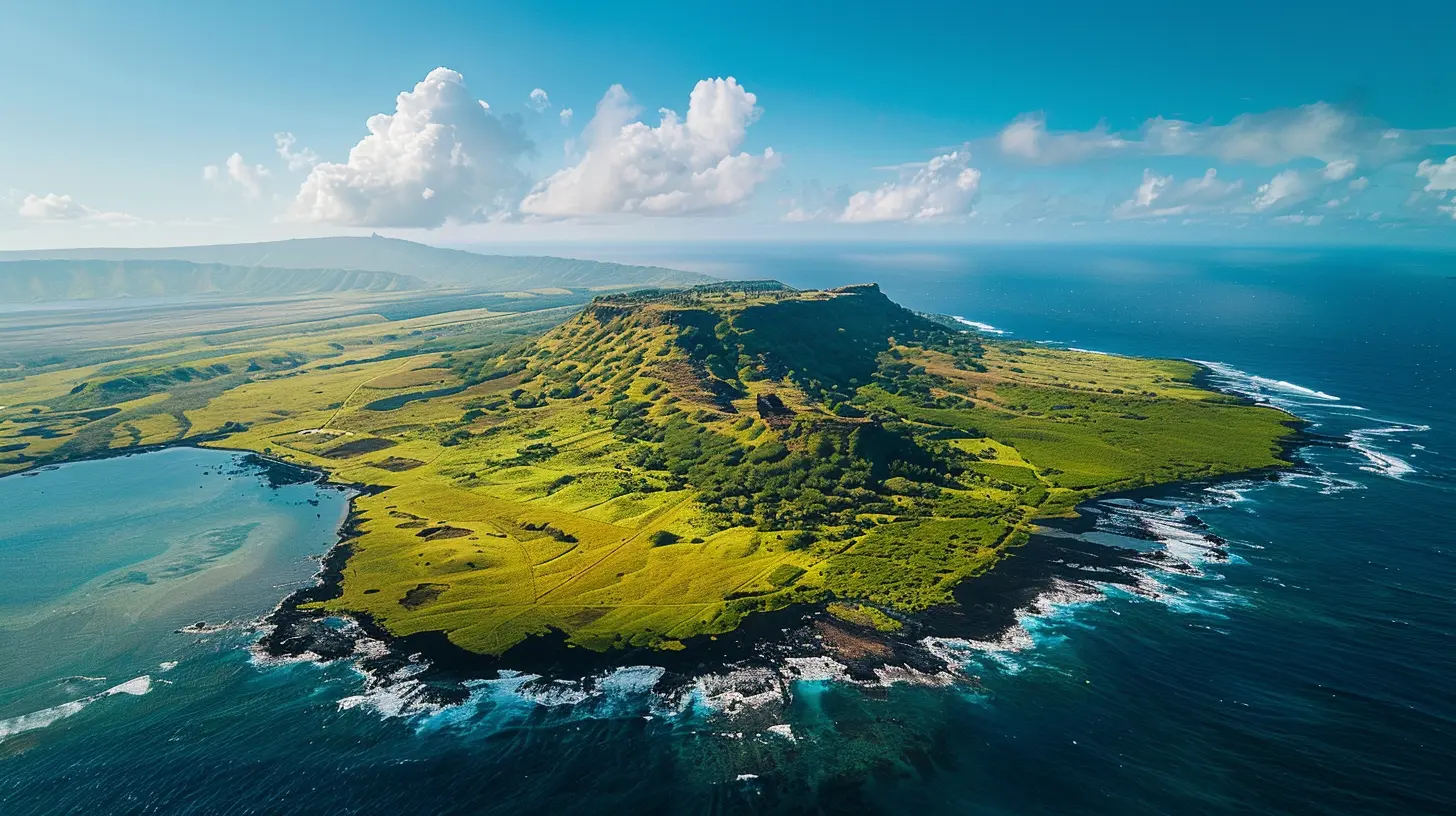
Getting to Easter Island: The Journey of a Lifetime
Let’s start with the basics: how do you get there? Easter Island is located in the middle of the Pacific Ocean, about 2,300 miles (3,700 km) away from the coast of Chile. The only way to get there is by air, typically through a flight from Santiago, Chile. LATAM Airlines offers a few flights weekly, and while the flight is about 5 hours long, the views as you descend onto this isolated island are breathtaking. You’ll feel like you're landing on a mystical, otherworldly land!When to Visit
Wondering when’s the best time to visit? Easter Island has a subtropical climate, so the weather is generally pleasant year-round. However, the peak travel season is typically from December to February, which is summer in the Southern Hemisphere. If you prefer quieter experiences, visiting during the shoulder seasons (April-May or September-October) can give you a more relaxed vibe without too many crowds. Just pack a light jacket for cooler evenings and possibly some rain gear, as the weather can be unpredictable.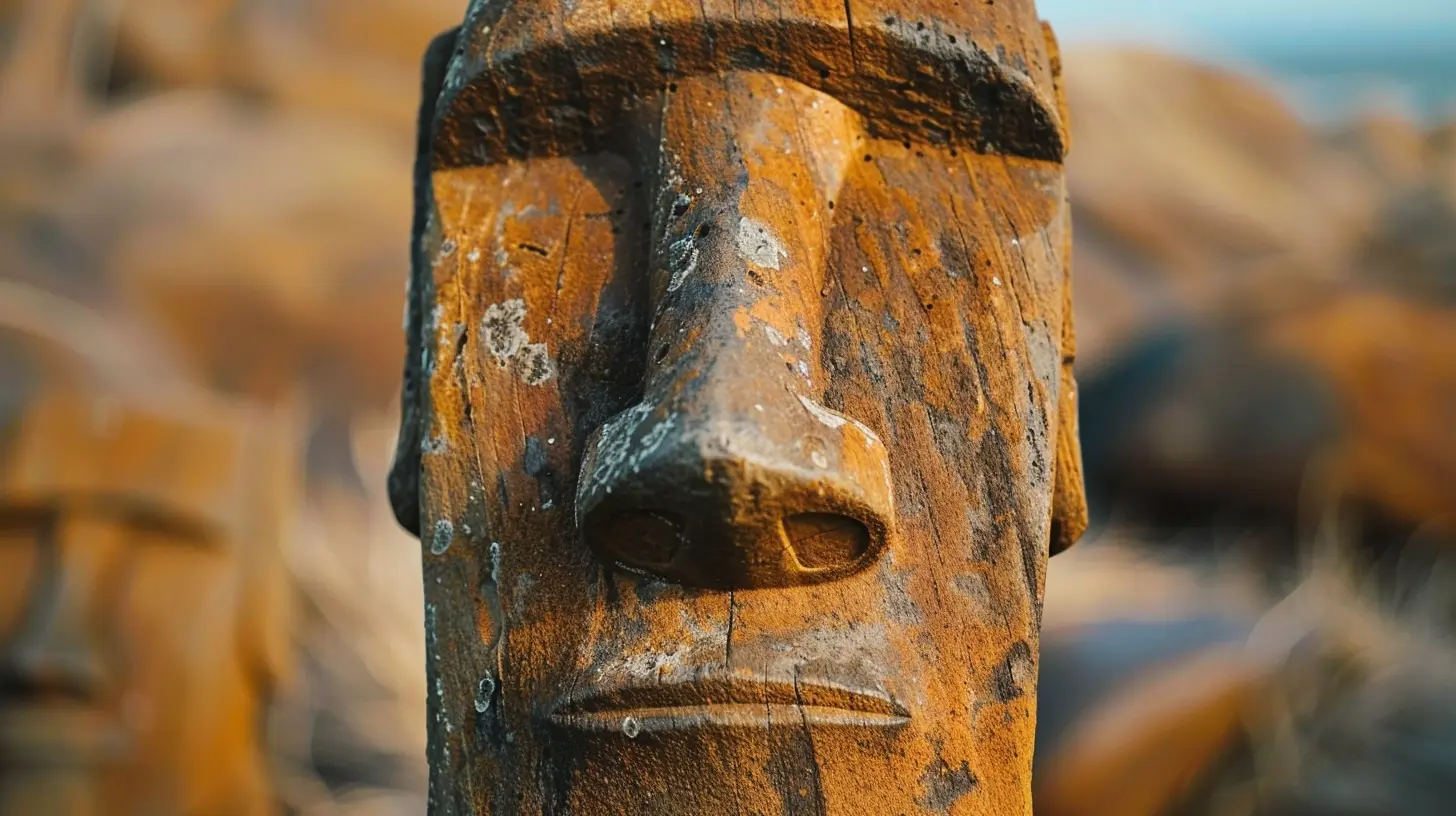
Moai: The Mysterious Statues of Easter Island
When you think of Easter Island, the first image that comes to mind is probably the towering, stone-faced moai. These massive statues were carved by the ancient Rapa Nui people between 1400 and 1650 AD. They stand around 13 feet tall on average and weigh a whopping 13 tons! But their sheer size isn’t the only thing that will leave you gobsmacked. The real mystery lies in why and how they were constructed.Theories Behind the Moai
The moai are believed to represent ancestral figures and were thought to hold spiritual significance. Some suggest they were built to honor important leaders or to serve as protectors for the islanders. While their exact purpose remains up for debate, their existence is a testament to the ingenuity and dedication of the Rapa Nui.What’s even more fascinating is how the islanders transported these massive statues across the island. There’s a theory that they "walked" the statues to their places using a clever system of ropes and manpower, but again, no one knows for certain.
If you're a history enthusiast, you’ll have plenty of opportunities to learn more about the Rano Raraku quarry, where most of the moai were carved. You can even spot unfinished moai statues still embedded in the mountainside, as if frozen in time.
Where to See the Moai
There are several key locations on the island where you can marvel at these colossal figures. Here are a few must-see spots:- Ahu Tongariki: This is the largest collection of moai statues on the island, with 15 standing proudly in a row. It’s an iconic spot for photographs, especially at sunrise.
- Rano Raraku: As mentioned earlier, this extinct volcanic crater served as the quarry for the moai. It's fascinating to see the "incomplete" moai here, giving you a sense of the construction and craftsmanship behind them.
- Ahu Akivi: Unique because these seven moai are the only statues on the island that face the ocean. They are said to represent the seven explorers who first discovered the island.
- Anakena Beach: Yes, Easter Island has gorgeous beaches too! Anakena not only offers crystal-clear waters and soft sands but is also home to several moai statues.

Polished Natural Beauty: The Amazingly Diverse Landscape
Beyond the moai, Easter Island boasts a stunning and varied landscape that’s sure to capture your imagination. From volcanic craters to rolling hills, and from picturesque beaches to rugged coastlines, this island is a nature lover’s paradise.Volcanic Craters and Hikes
One of the most exciting things to do on Easter Island is hiking. There are several volcanic craters scattered throughout the island that provide not only challenging trekking opportunities but also panoramic views that are simply jaw-dropping.- Rano Kau is one of the largest craters on the island and contains a lake at its base. It also overlooks the ancient ceremonial village of Orongo, which played a significant role in the Birdman Cult ritual. You can hike up to the edge of the crater and soak in the sweeping views of the island meeting the sea.
- Rano Raraku, apart from being the moai quarry, offers an easy hike around its crater where you can see hundreds of unfinished moai scattered about, as if waiting for their turn to be brought to life.
The landscape is breathtaking, almost as if you’ve stepped into a National Geographic documentary.
Beaches and Water Adventures
Although it's not your typical island paradise, Easter Island does have beautiful beaches where you can relax and even snorkel. Anakena Beach is a popular spot where the contrast between the deep blue ocean, white sands, and green palm trees creates an almost postcard-perfect scene. You can take a dip in the warm Pacific waters or snorkel to discover the marine life that calls the island home.For the adventure-seekers, there are opportunities for scuba diving as well. You'll be surprised to find that just off the coast, there’s a submerged moai statue placed as part of an underwater attraction. Keep in mind that it's not an ancient statue, but it's still an amazing experience to dive alongside such an iconic figure.
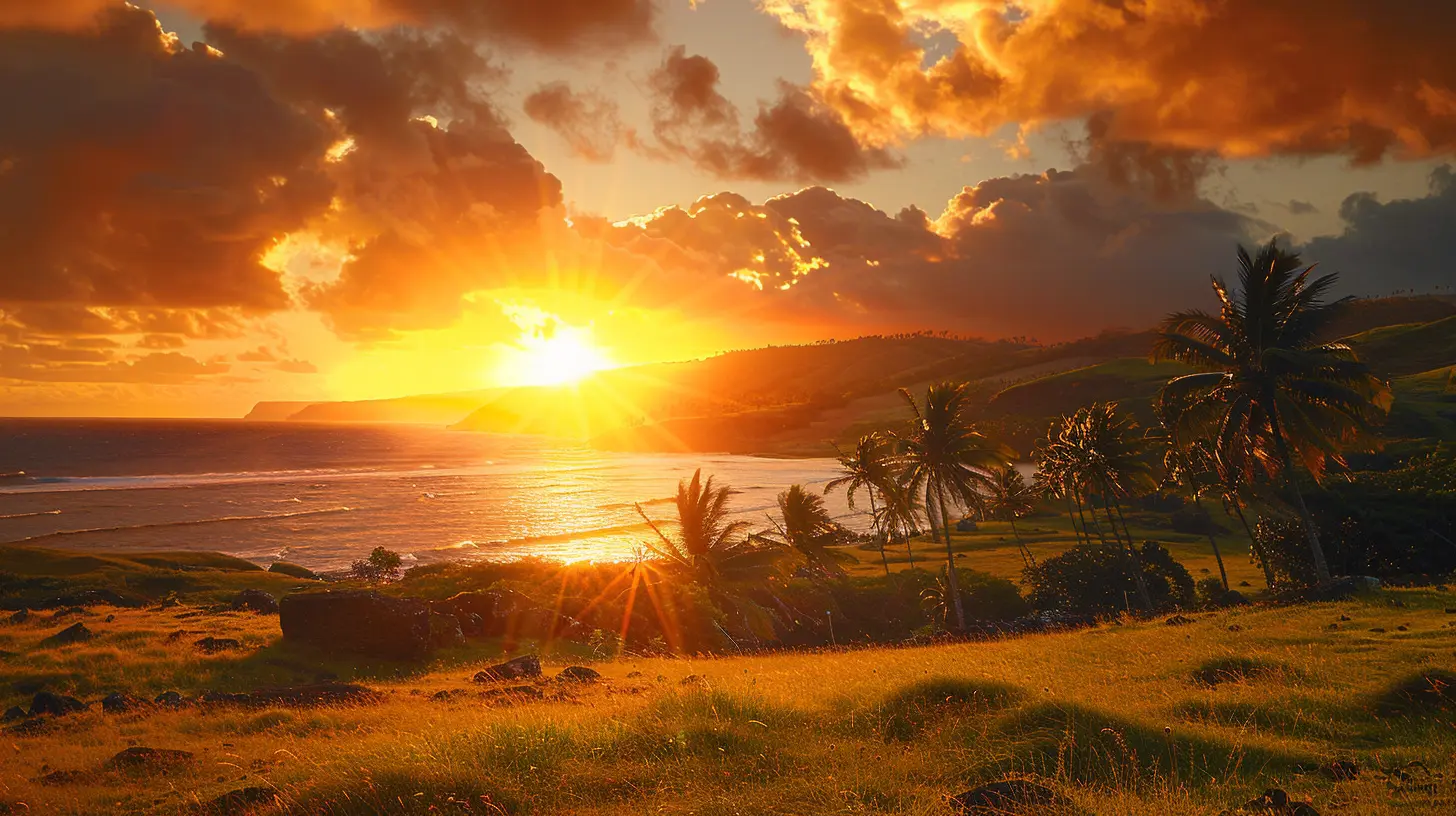
Immerse Yourself in Rapa Nui Culture
Visiting Easter Island isn’t just about admiring the landscape or the statues—it’s also about experiencing the living culture of the Rapa Nui people. Despite centuries of outside influence and hardships, the Rapa Nui have maintained their traditions, language, and a strong connection to their ancestors.Exploring Orongo Village
If you’re into history, make sure to visit Orongo Ceremonial Village, located on the edge of the Rano Kau crater. This ancient site was once home to the Birdman Cult, which replaced the moai culture after resources on the island became scarce. The Birdman competition, known as Tangata Manu, was a daring race to collect the first egg of the season from the nearby Motu Nui islet. The winner ruled the island for a year—talk about high stakes!The petroglyphs you’ll find at Orongo are among the most well-preserved in the Pacific, offering a window into the island’s past—and trust me, you'll get chills standing in such a historically significant place.
Rapa Nui Festivals and Celebrations
If you want to experience the local culture in full swing, plan your trip around the Tapati Festival. Typically held in February, this festival is a colorful celebration of Rapa Nui traditions, including music, dance, and thrilling competitions like canoe races, body-painting contests, and even banana trunk sledding.The festival really brings the island's vibrant culture to life—you’ll feel like you've stepped back in time, surrounded by celebrations that date back centuries.
Practical Tips for Visiting Easter Island
As enchanting as Easter Island is, you don’t want to be caught off guard, especially since it’s an isolated destination. Here are a few practical tips to keep in mind:- Bring Cash: While there are ATMs on the island, they can sometimes be unreliable. It's best to come prepared with enough cash to last your entire trip. Many local vendors and restaurants only accept cash.
- Respect the Moai: It’s important to remember that the moai are sacred to the Rapa Nui people. Don’t touch or climb on them. Some statues are even protected by fenced barriers to prevent damage.
- Safety First: Easter Island is generally safe for tourists, but like anywhere, be mindful of your belongings, especially in crowded areas.
- Water & Supplies: Essentials like water, sunscreen, and snacks can be expensive since everything needs to be imported. Bringing these supplies with you can save you both time and money.
- Tours or DIY?: Whether you hire a knowledgeable guide or explore the island at your own pace is up to you. Guides often offer helpful insight, but Easter Island is relatively easy to navigate on your own.
Final Thoughts: Why Easter Island Should Be on Your Bucket List
Easter Island is one of those places that words (and even pictures) struggle to do justice. The island is steeped in mystery, and visiting is like peeling back layers of history, culture, and natural beauty that you won’t find anywhere else on Earth.If you’re looking for an adventure that combines stunning landscapes with cultural immersion, Easter Island should definitely be on your radar. You’ll leave with more than just pretty pictures—you’ll leave with a deeper understanding of a place that’s truly one-of-a-kind.

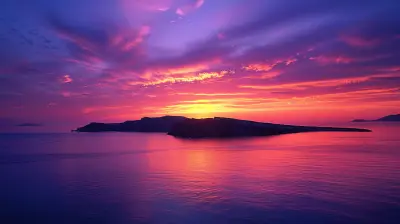
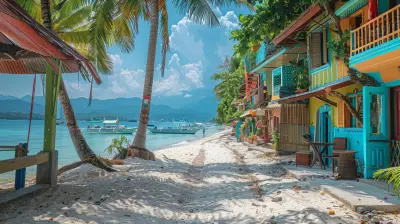

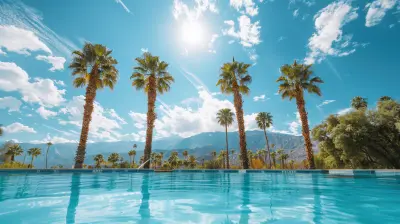
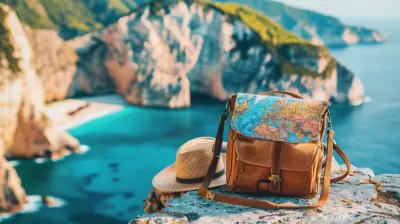
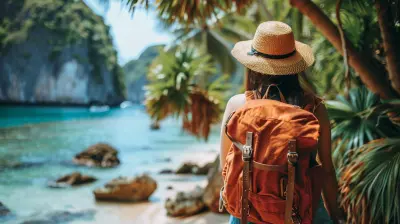

Reid McGeehan
Visiting Easter Island? Get ready for a moai-velous adventure! Embrace the quirky charm of giant statues, stunning sunsets, and rich culture. Don’t forget your camera—those epic selfies with the iconic moai are a must! Just remember, no climbing on the statues—let them keep their dignity!
March 29, 2025 at 4:42 PM